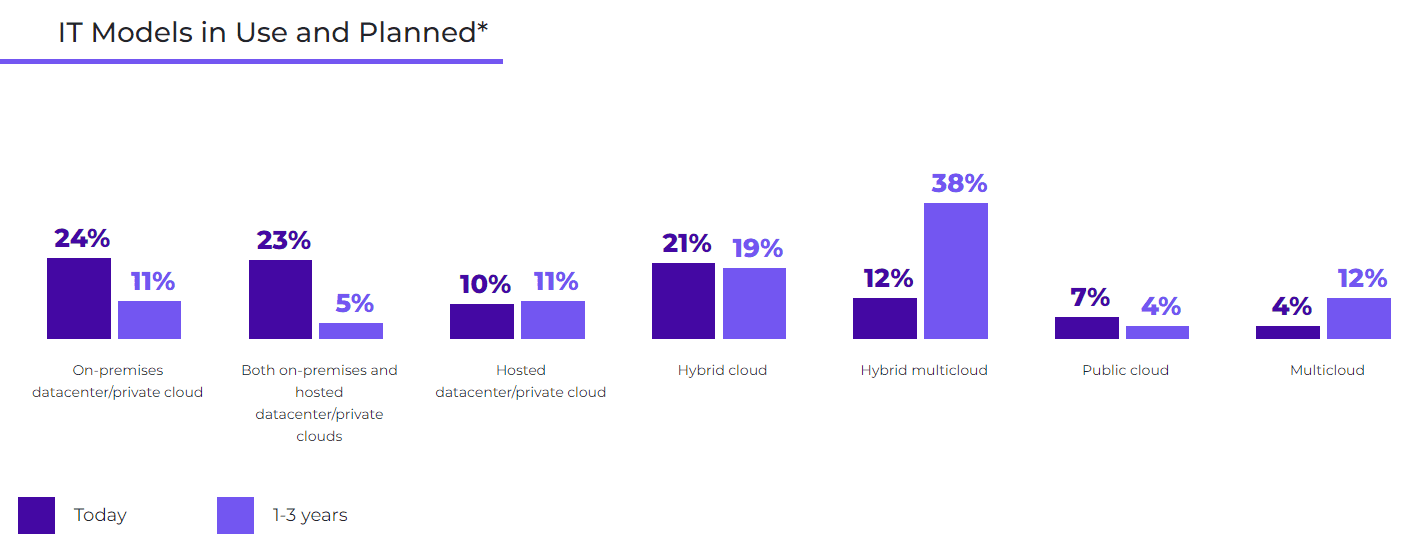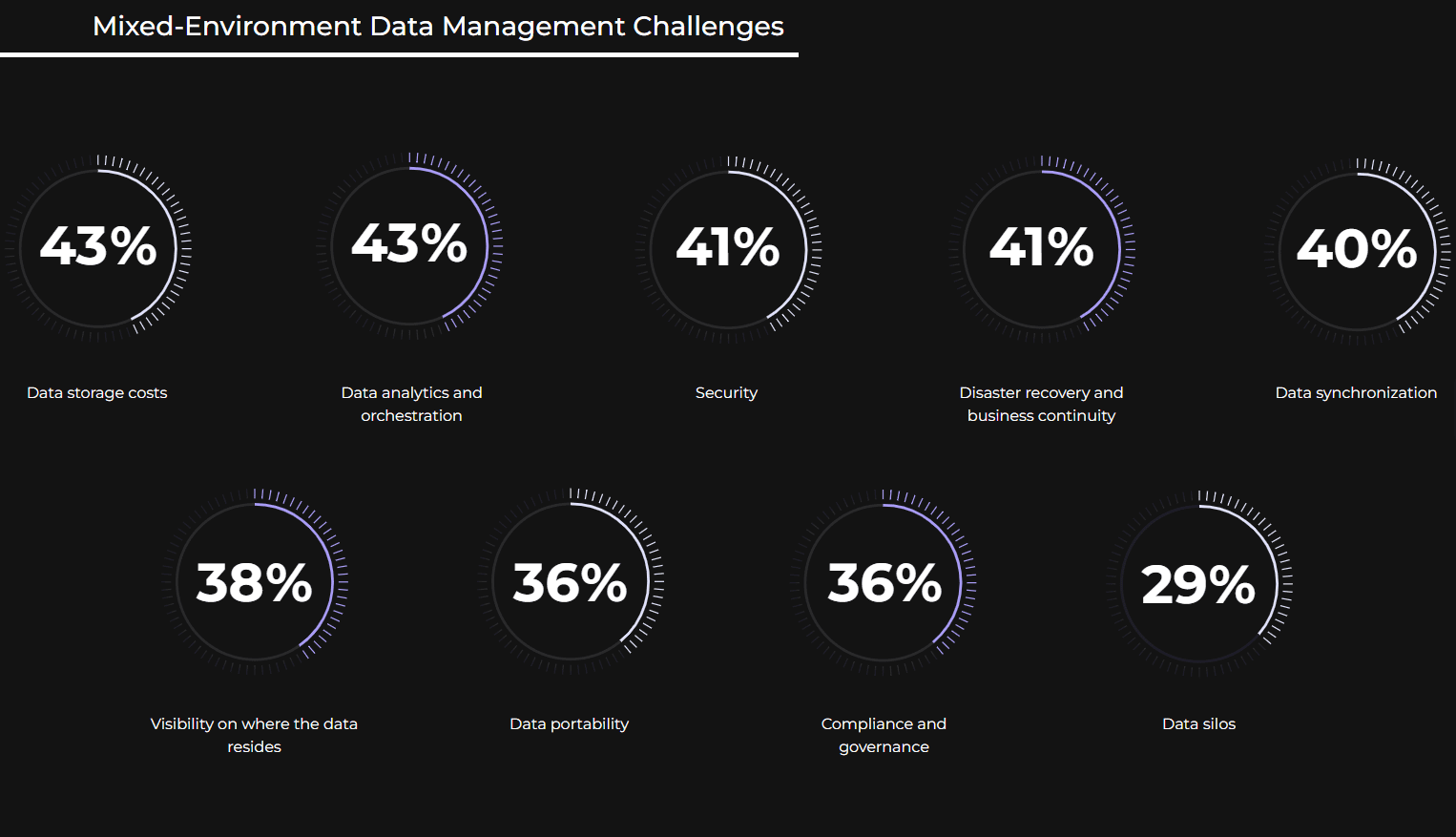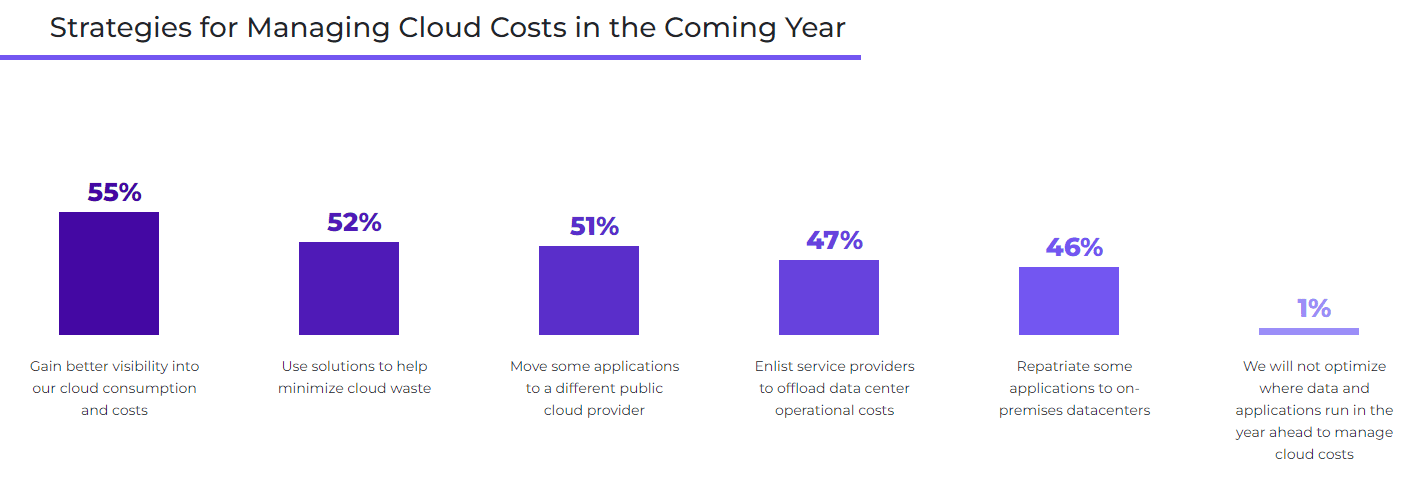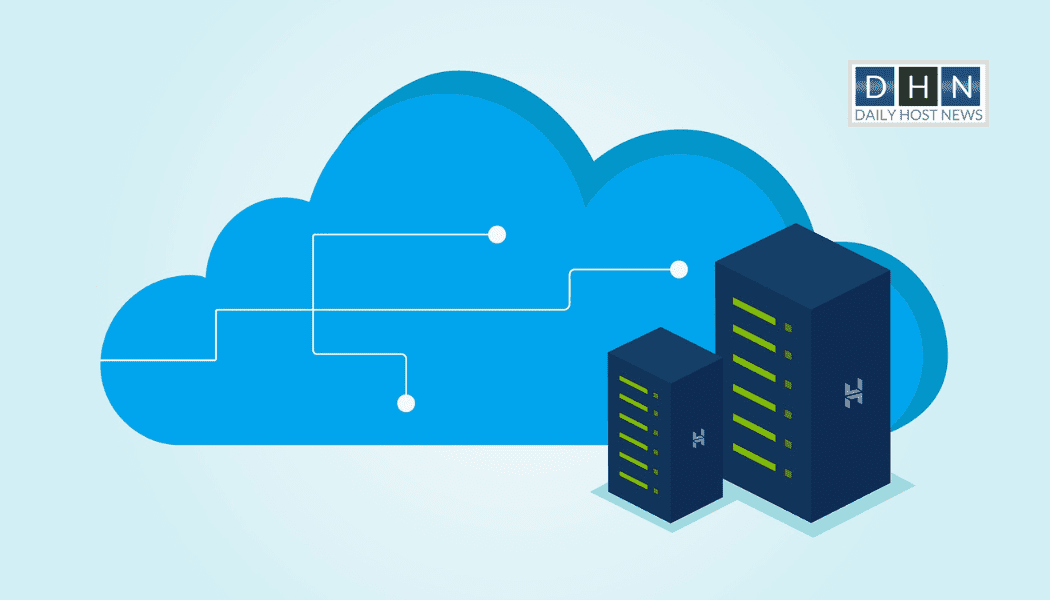As the cloud computing landscape is constantly evolving, the fifth annual Enterprise Cloud Index (ECI) sheds light on the latest trends in cloud adoption. According to the ECI, there has been a significant uptick in the use of mixed infrastructure, encompassing private IT infrastructure, public clouds, and edge locations. As a result, IT professionals are seeking a centralized solution to manage and secure their applications and data across these diverse environments. In this article, we will delve deeper into the findings of the ECI, based on the survey by Vanson Bourne and commissioned by Nutanix, and explore the implications of mixed IT infrastructure for businesses of all sizes.
A significant majority of IT teams (60%) are currently utilizing more than one IT infrastructure, and this trend is expected to grow even more in the future. Companies are adopting mixed infrastructure models, which may consist of a combination of private and public clouds, multiple public clouds, or a hybrid of on-premises and hosted datacenters. A one-size-fits-all approach to IT is no longer adequate to meet the evolving needs of modern businesses.

Data security and management considerations are driving IT infrastructure choices
Enterprises prioritize cybersecurity, data recovery, and data sovereignty as their primary criteria when deciding which IT infrastructure(s) to implement. However, when asked to rank their top three infrastructure criteria, respondents reported that the ability to easily move applications to the public cloud played a slightly more significant role in their decision-making than application requirements and cost.
In contrast, when asked to choose a single, overriding decision criterion, the ability to easily move existing applications to the public cloud ranked as the third most important factor. Interestingly, while application requirements ranked low on the list of infrastructure criteria, a significant majority of respondents (86%) identified running high-performance workloads, including data analytics, AI, and ML, as a challenge with their current IT infrastructure.
Challenges of using multiple IT infrastructure
As hundreds of new applications are set to emerge in the coming years, enterprises are recognizing the need to optimize not only their application hosting but also their data storage. To achieve this, businesses must first gain visibility into the location of their data. In fact, a majority of enterprises (94%) acknowledge the importance of having full visibility. However, according to the 5th Annual ECI, only 40% of respondents claim to have complete visibility into the location of their data, with the remaining 60% falling short of the ideal level of visibility.
Despite the evident requirement for diverse IT infrastructure options, various organizational and technical factors still make it challenging for most organizations to attain comprehensive visibility and control over their data stored across multiple environments. One of the significant challenges is ensuring data security, privacy, and compliance, which are collectively identified by a majority (88%) of organizations as a hurdle with their current IT infrastructures.
Moreover, the increasing diversity in cloud deployments adds to the complexity of managing data in heterogeneous cloud environments, a task that is made more daunting by the shortage of IT skills.

85% of organizations are concerned about cloud costs
As a result of the pandemic-driven reliance on public cloud resources to rapidly scale operations, more and more enterprises are becoming increasingly concerned about cloud costs. In fact, 85% of organizations consider cloud cost control to be a challenge. Furthermore, 30% of respondents express “very concerned” about cloud costs affecting their IT budgets in the coming year, with another 46% indicating “somewhat concerned.” To mitigate these costs, organizations plan to optimize the hosting of their applications and data by using tools that offer greater visibility into cloud consumption and help minimize waste. Additionally, some businesses intend to migrate certain applications to a different public cloud provider as a cost-saving measure.

As per the survey results, 80% of respondents consider recruitment and retention of IT and cloud talent to be a major concern impacting their budgets in the upcoming year. When asked about the areas where they anticipate requiring additional talent over the next two years, a majority of respondents (59%) indicated the need for IT specialists. In addition, cloud engineers or architects (48%) and cloud native developers (46%) were also identified as top priorities for organizations seeking to augment their talent pool.
94% of respondents have deployed Kubernetes
Kubernetes has emerged as the go-to container orchestration system for most organizations as they increasingly adopt containers. It simplifies the complexity of container deployment operations and streamlines containerized application deployment, scaling, and management. Therefore, it comes as no surprise that 94% of the respondents have deployed Kubernetes.
However, since applications using microservices architectures have many moving parts, the underlying compute and storage infrastructure must be robust enough to support replicating services across infrastructures and scaling to meet dynamic resource demand and utilization. This can be particularly challenging for many enterprises, especially when deploying at scale. Thus, storage (42%) and underlying infrastructure design (42%) were identified as among the most critical challenges that respondents encountered when deploying and managing their Kubernetes environments.
Sustainability becomes an IT priority
The majority of respondents (92%) agreed with the statement that their organization views sustainability as more important than it did a year ago. Despite this, 86% admitted that achieving corporate sustainability goals is challenging, with 36% of them describing it as a “significant” challenge.
Corporate sustainability objectives vary from reducing energy consumption, both in IT and in other areas of the organization, to implementing strategies to ensure business continuity in times of economic uncertainty. The reasons for the increased emphasis on sustainability are diverse, with corporate environmental, social, and governance (ESG) initiatives (63%) and supply chain disruptions or long hardware procurement cycles (59%) being the top drivers.
The use of the hybrid multicloud model, which involves a private cloud on-premises or at the edge along with multiple public cloud platforms, is predicted to increase more than threefold over the next three years. With the use of mixed infrastructure on the rise, businesses are facing new challenges when it comes to managing and securing their applications and data. As IT professionals look for ways to optimize their IT infrastructure and minimize costs, they will need to prioritize recruiting and retaining skilled talent. As the cloud continues to evolve, it is clear that businesses of all sizes will need to adapt in order to remain competitive in an increasingly digital world.
Image and source credits: Nutanix
Read next: IT outsourcing pricing and labor inflation trends for MSPs and buyers








